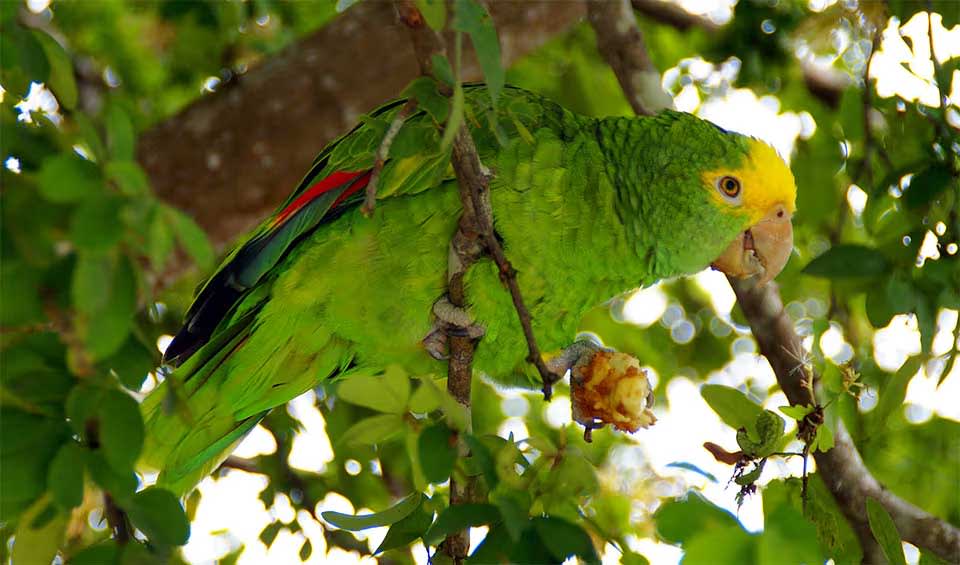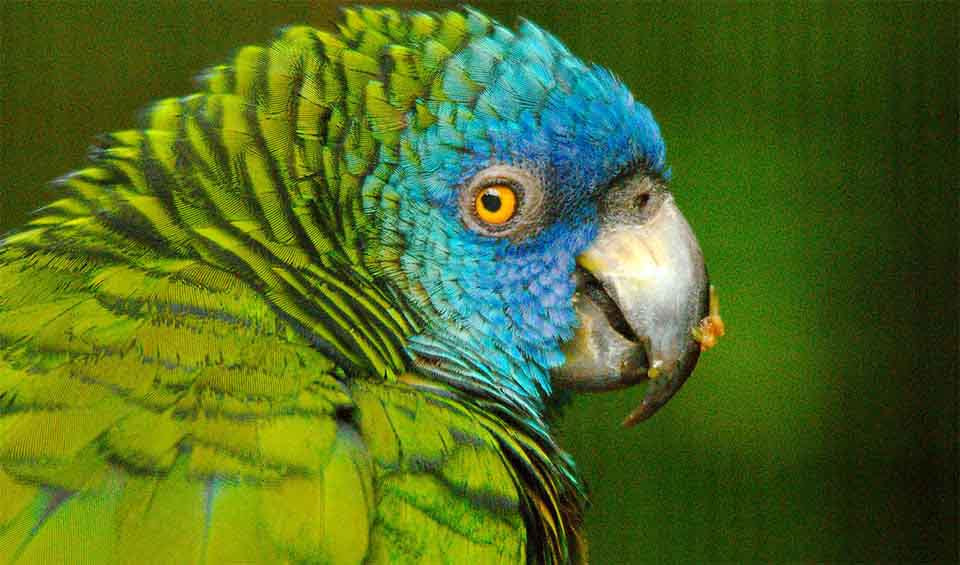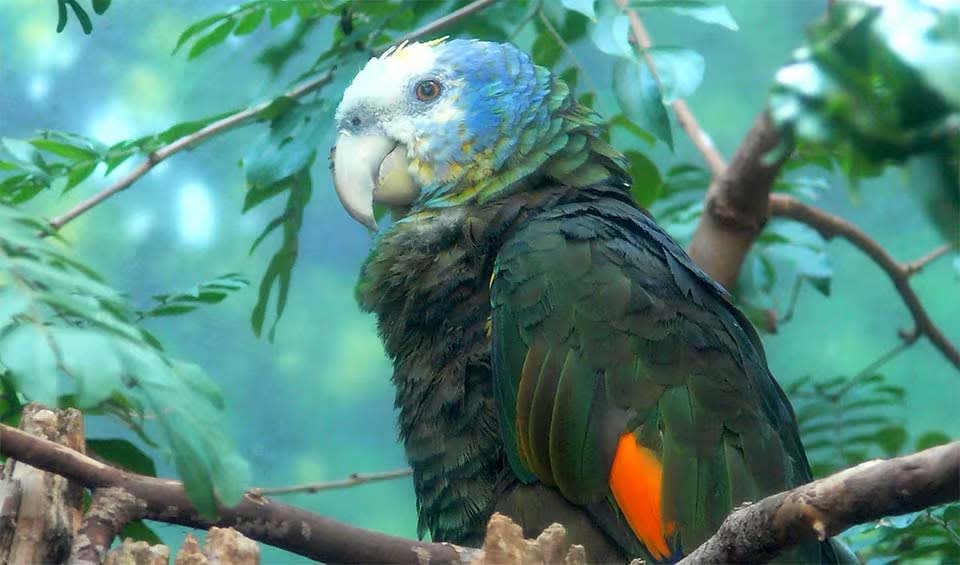Amazona – Amazon parrot
Intelligence and beauty in one feathered friend
Amazon parrots are among the most recognizable and celebrated parrot species in the world. Native to the New World ranging from South America to Mexico and the Caribbean, these birds are as renowned for their striking beauty as they are for their cognitive abilities and social nature.
The Amazon parrot’s plumage is a spectacle of nature, with various species sporting a combination of vibrant greens accented with splashes of red, blue, yellow, and sometimes purple. These colors are not just for show; they serve as camouflage in their leafy habitats and play a role in communication and mating rituals.
In the wild, Amazons are social creatures, often seen in flocks, which can range from a few pairs to groups of hundreds. Their social structure is complex, with established hierarchies and strong pair bonds. They are known to be quite playful, engaging in mutual preening, toy manipulation, and, in the wild, interactive games among the foliage.
One of the most outstanding characteristics of Amazon parrots is their vocal ability. They have a diverse range of calls that they use to communicate within their flock, warn of danger, or express contentment. Amazons can mimic human speech and other sounds, an ability that is particularly pronounced in captivity. This mimicry is thought to be a form of social bonding and can include words, phrases, and even whole songs.
The intelligence of Amazon parrots is evident in their problem-solving skills, use of tools in captivity, and complex social interactions. They can learn a variety of tricks and commands, which makes them popular in aviculture. However, their intelligence also requires mental stimulation to prevent boredom and behavioral issues.
Many Amazon parrot species are threatened by habitat destruction and the pet trade. Deforestation in the Amazon basin and other tropical regions has reduced their natural habitat while capturing for sale as pets has diminished wild populations. Conservation efforts include habitat preservation, legal protections, and breeding programs to reintroduce captive-bred individuals into the wild.
Species in this genus
Imperial amazon
One of the largest species of Amazon parrots, making it an iconic and treasured species
Yellow-headed parrot
A genius of the jungle with a vibrant fashion sense
Saint Lucia amazon
One of the rarest and most unique parrots in the world
Saint Vincent amazon
One of the rarest and most range-restricted Amazon parrots





